Stan Meyers
Hey Dog_one
Great stuff to think on.
I like these old vids. Remember RUSS? The guy taking the pictures at Bills place? Here he is talking about SM SELF SUSTAINING CYCLONIC TRANSFORMER. The core is a gas and the particles inside of the tubular toroidal core are accelerated much like an atom smasher.
The Key To Stanly Myers Water Car Gas Core Transformer Self Staining Device - YouTube
HHO needs a lot of power for the process and ole Stan did not get all of the power off his dune buggy alternator he got it by building a wave machine.

Its not a bi toroid, it is self sustaining and the key to any work.
I now have 4 C-Cores and the wire.
Mike
Originally posted by Dog-One
View Post
Hey Dog_one
Great stuff to think on.
I like these old vids. Remember RUSS? The guy taking the pictures at Bills place? Here he is talking about SM SELF SUSTAINING CYCLONIC TRANSFORMER. The core is a gas and the particles inside of the tubular toroidal core are accelerated much like an atom smasher.
The Key To Stanly Myers Water Car Gas Core Transformer Self Staining Device - YouTube
HHO needs a lot of power for the process and ole Stan did not get all of the power off his dune buggy alternator he got it by building a wave machine.

Its not a bi toroid, it is self sustaining and the key to any work.

I now have 4 C-Cores and the wire.
Mike


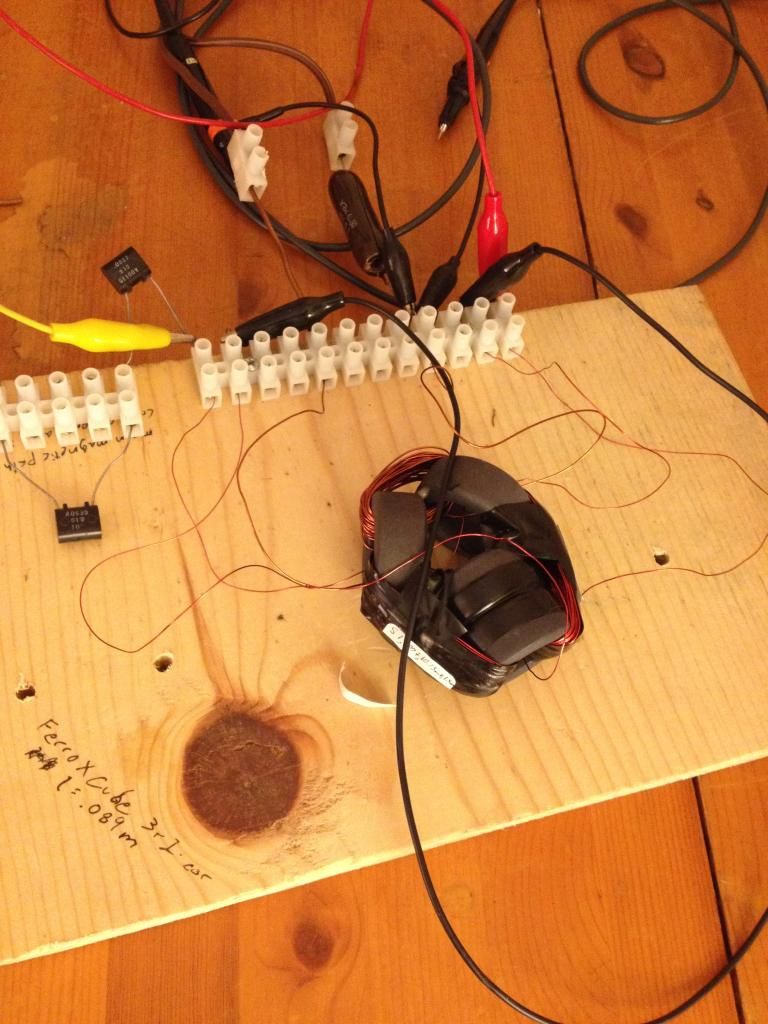
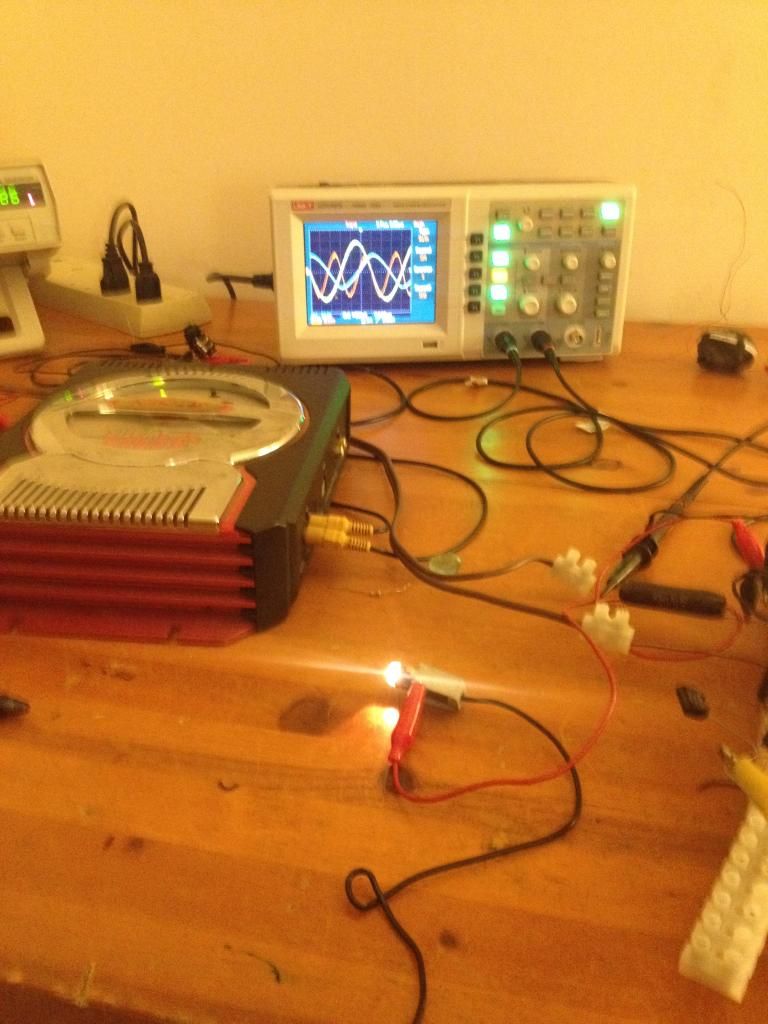
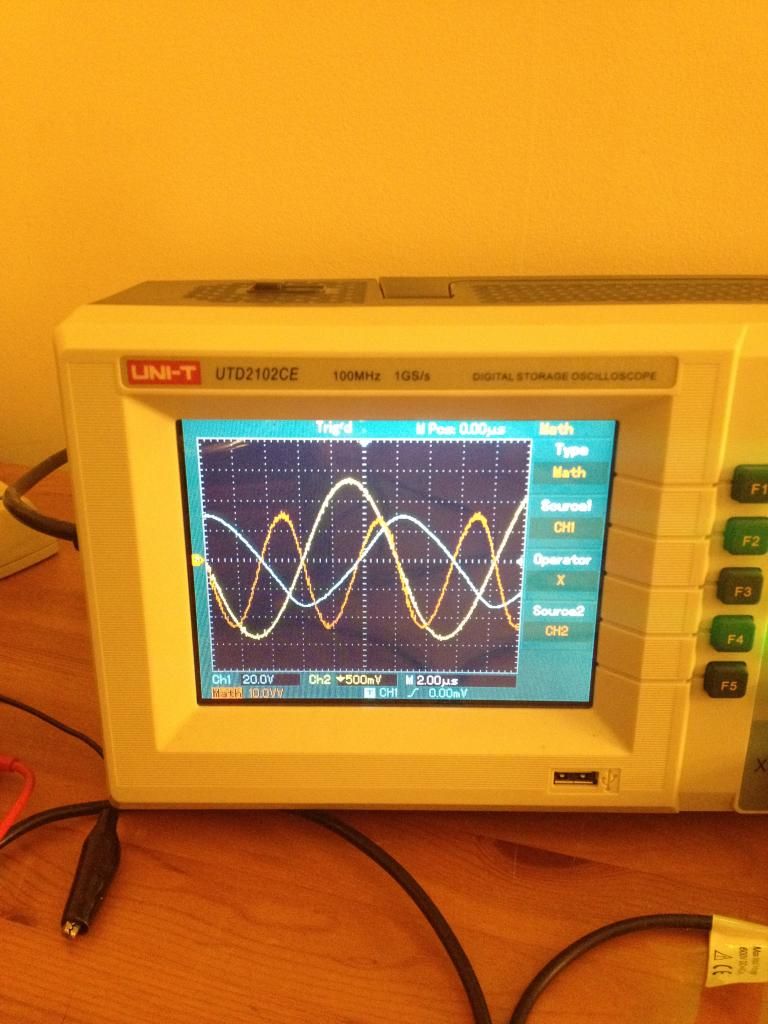
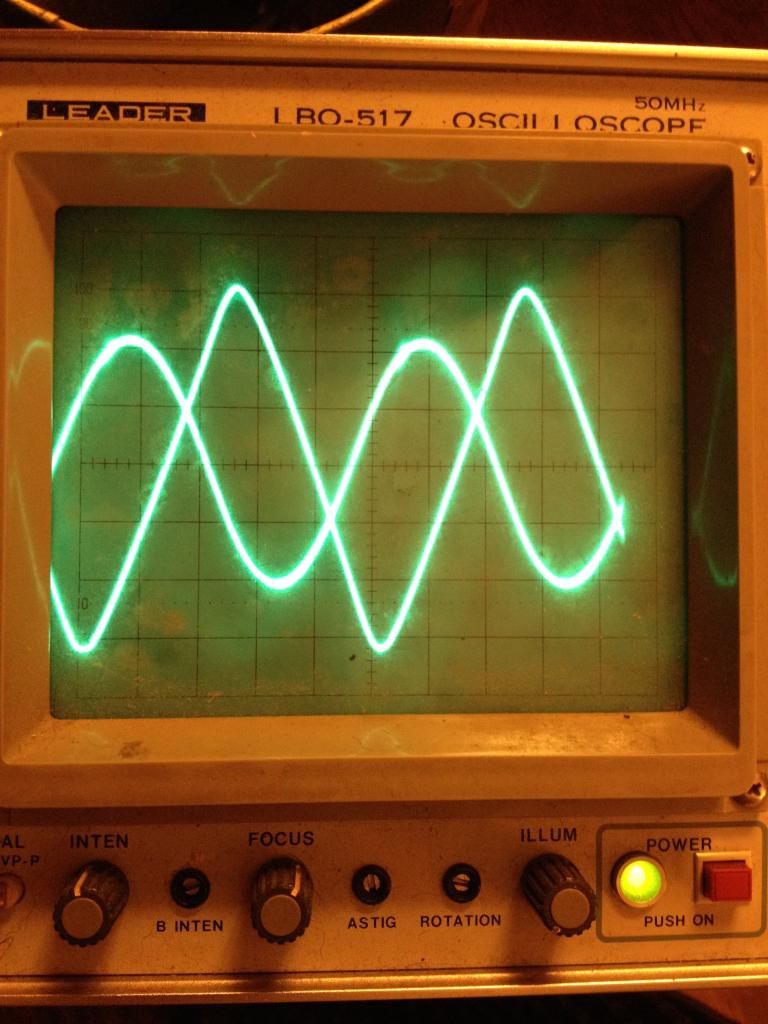
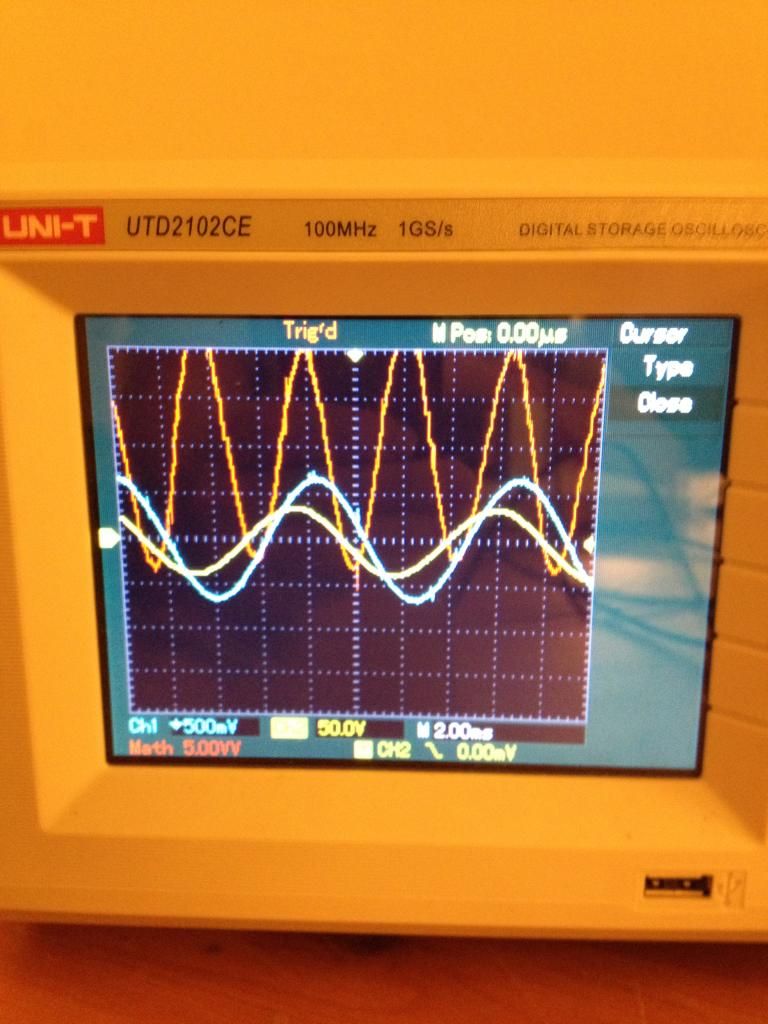
Comment